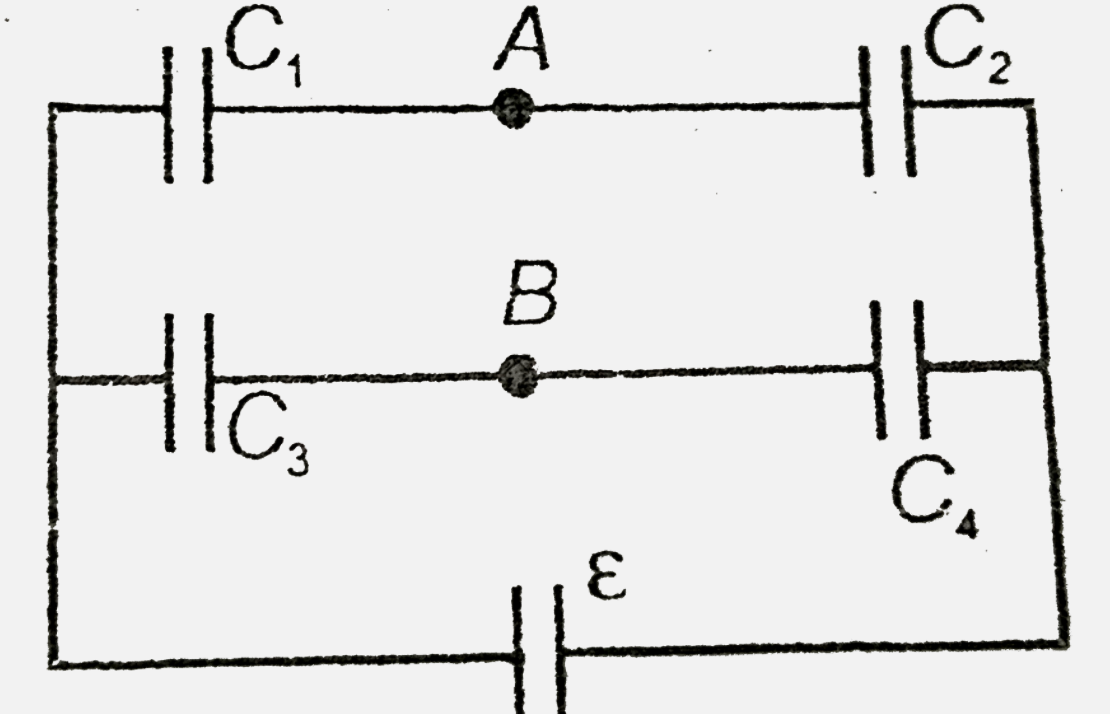Find the potential difference VA−VB between points A and B of the circuit shown in figure.
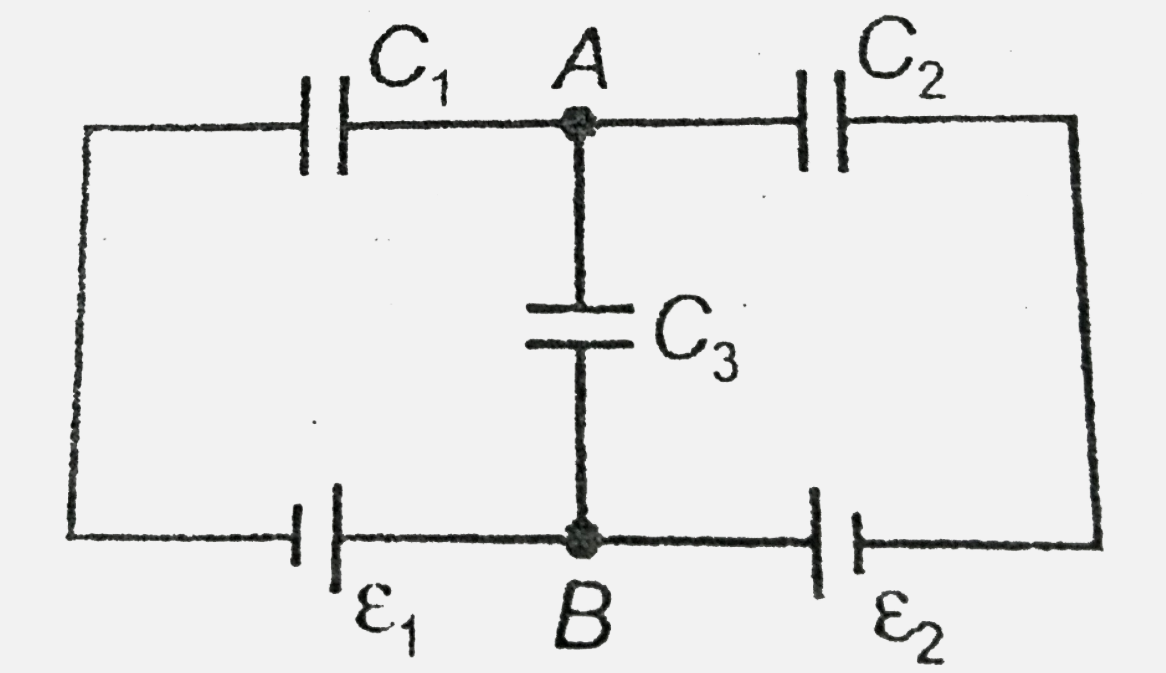
First of all, make the charge distribution , as shown in figure.

In the loop 12341 , using ΣΔV=0
−q1C1+ε1−q1−q2C3=0 ....(i)
Similarly, in the loop 61456 , using ΣΔV=0
−q2C2−q2−q1C3+ε2=0 ....(ii)
From equations (i) and (ii) we have
q2−q1=ε2C2−ε1C1C2C3+C1C3+1
Hence, VA−Va=q2−q1C3=ε2C2−ε1C1C1+C2+C3
Topper's Solved these Questions
- ELECTROSTATIC POTENTIAL AND CAPACITANCE BOOK - AAKASH INSTITUTE ENGLISHCHAPTER - ELECTROSTATIC POTENTIAL AND CAPACITANCE EXERCISE - EXERCISE
20 Videos
- ELECTROSTATIC POTENTIAL AND CAPACITANCE BOOK - AAKASH INSTITUTE ENGLISHCHAPTER - ELECTROSTATIC POTENTIAL AND CAPACITANCE EXERCISE - ASSIGNMENT SECTION - A
44 Videos
- ELECTROSTATIC POTENTIAL AND CAPACITANCE BOOK - AAKASH INSTITUTE ENGLISHCHAPTER - ELECTROSTATIC POTENTIAL AND CAPACITANCE EXERCISE - SECTION-J Aakash Challengers Questions
5 Videos
- ELECTROMAGNETIC WAVESBOOK - AAKASH INSTITUTE ENGLISHCHAPTER - ELECTROMAGNETIC WAVESEXERCISE - ASSIGNMENT SECTION - D Assertion-Reason Type Questions
25 Videos
- GRAVITATION BOOK - AAKASH INSTITUTE ENGLISHCHAPTER - GRAVITATION EXERCISE - ASSIGNMENT SECTION - D (ASSERTION-REASON TYPE QUESTIONS)
15 Videos
Similar Questions
Knowledge Check
What is the potential difference between the points A and B in the circuit diagram shown in figure ?
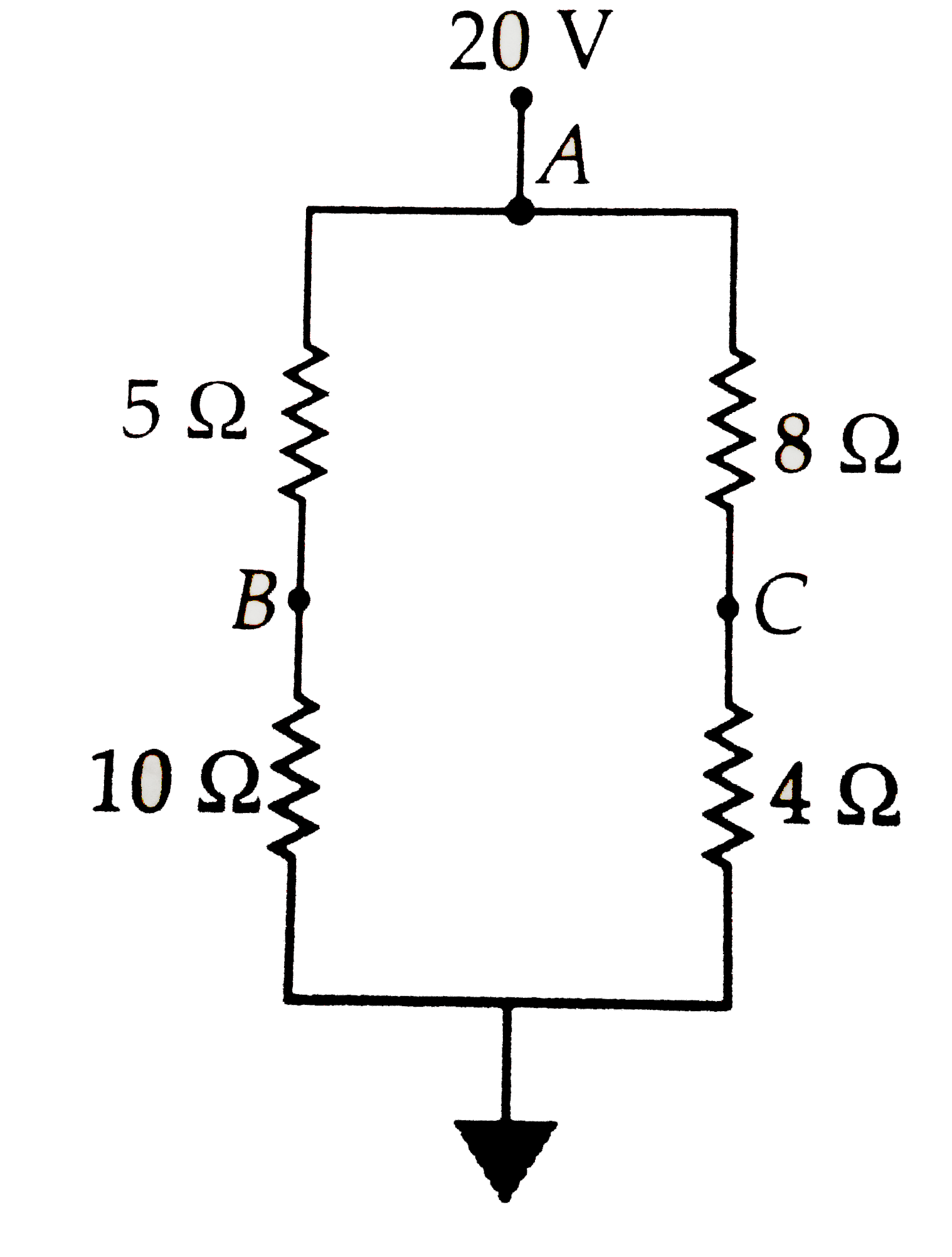 A203VB103VC20√3VD10√3V
A203VB103VC20√3VD10√3V
Find the potential difference (inV) between points A and B shown in the circuit.
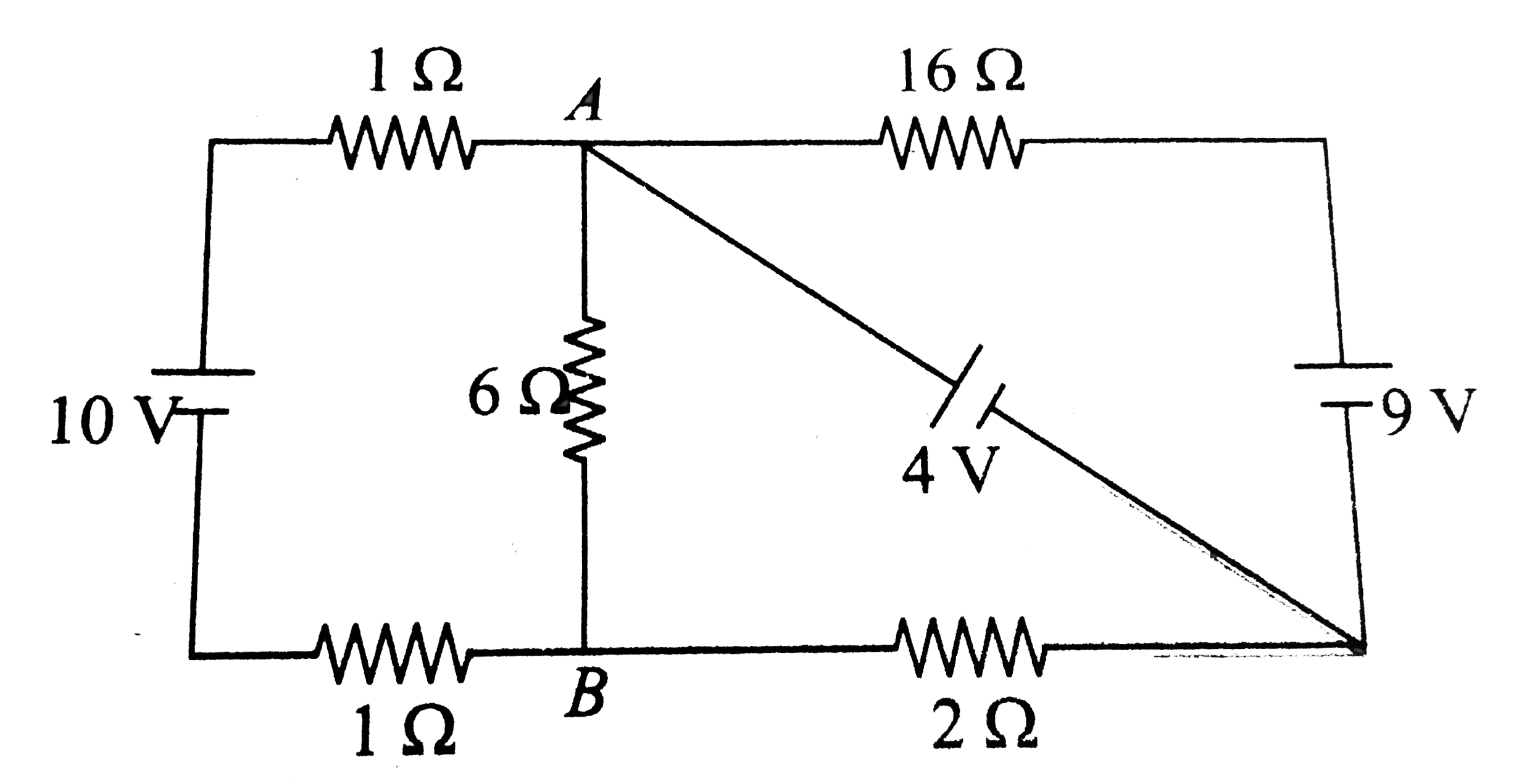
View SolutionThe potential differece VA−VB between points A and B for the circuit segment shown in figure at the given instant is
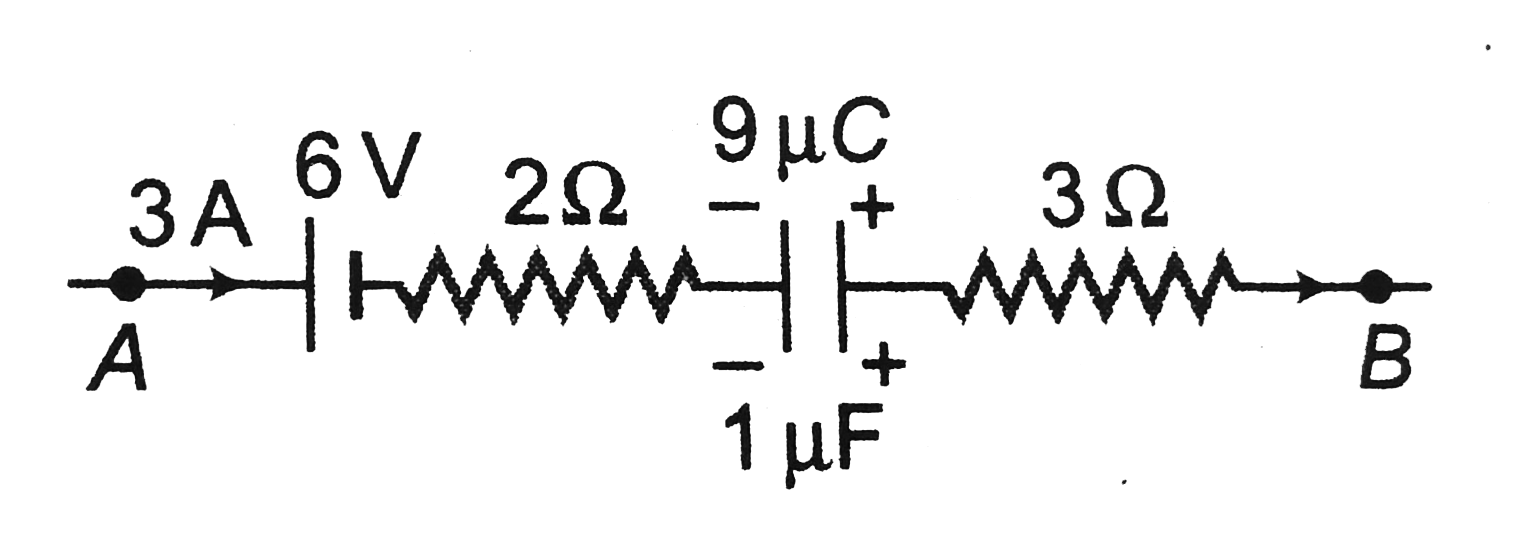
View SolutionAn infinite thin non - conducting sheet has uniform surface charge density σ. Find the potential difference VA−VB between points A and B as shown in the figure. The line AB makes an angle of 37∘ with the normal to the sheet. (sin37∘=35)
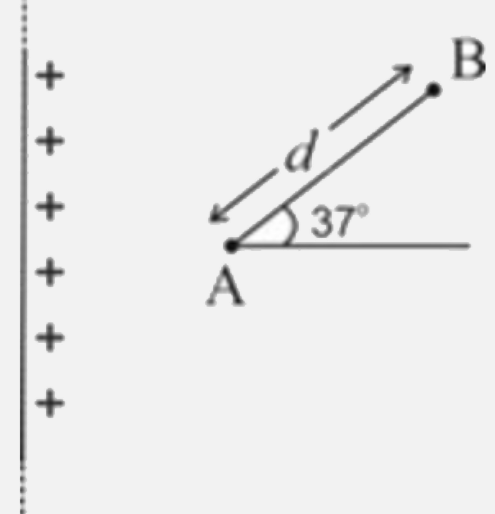
View SolutionFind the potential difference between the points A and B in the circuit shoun in.
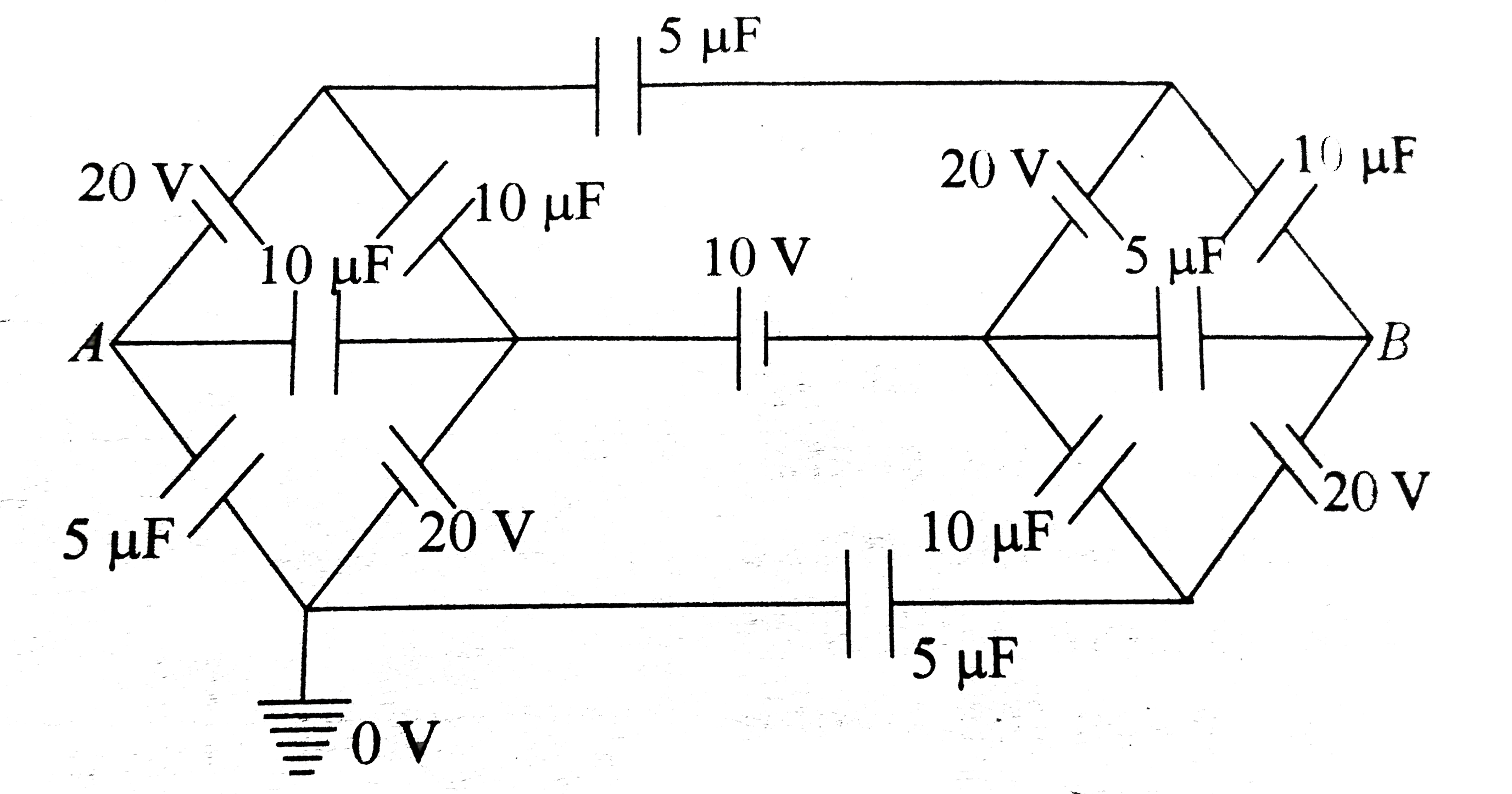 .
.
View SolutionThe potential difference (VA−VB) between the point A and B in the given figure is

View SolutionThe potential difference (VA−VB) between the point A and B in the given figure is

View SolutionThe potential difference between points A and B in the circuit shown in fig. 5.317 is 16V. Then

View Solution
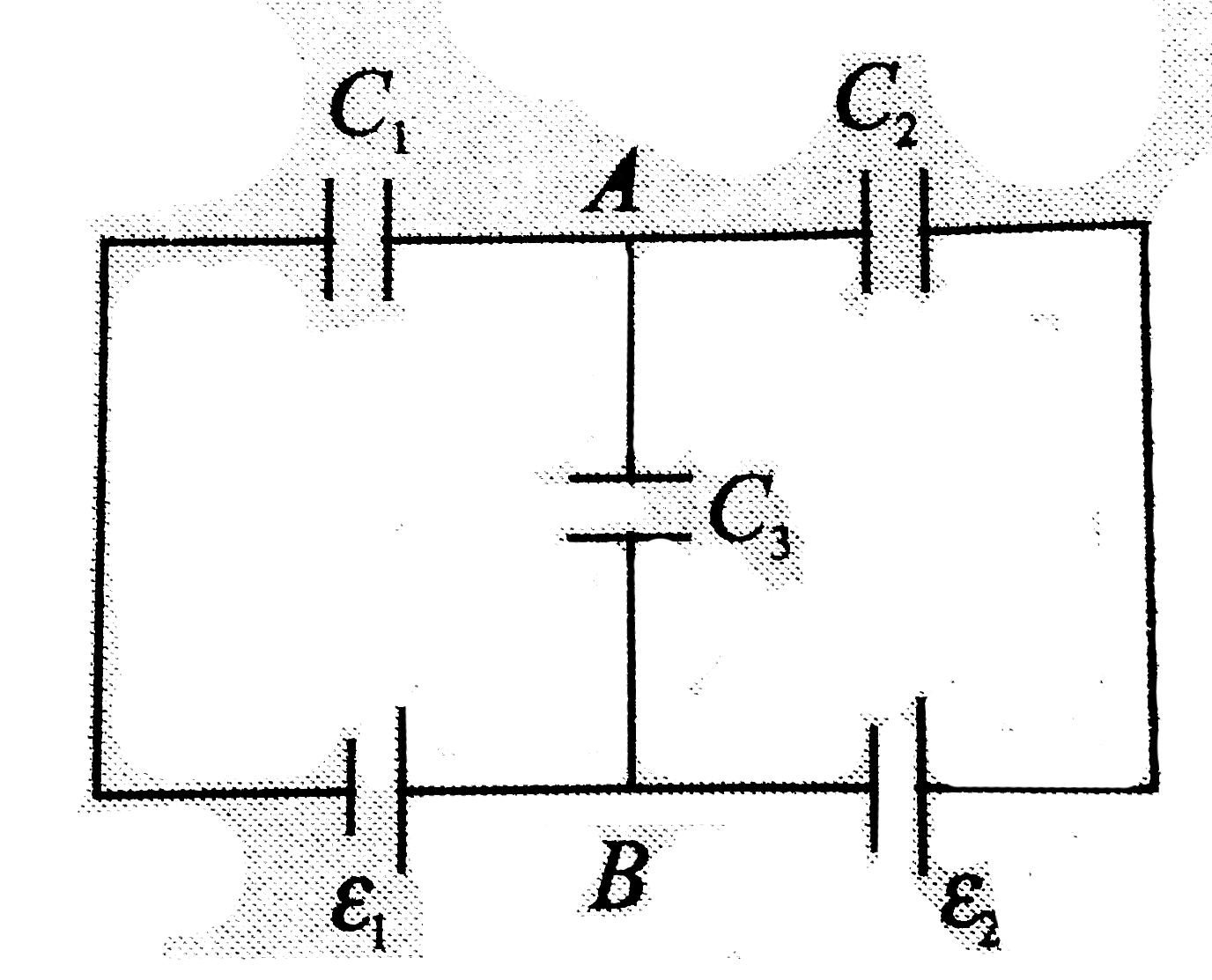 .
. 